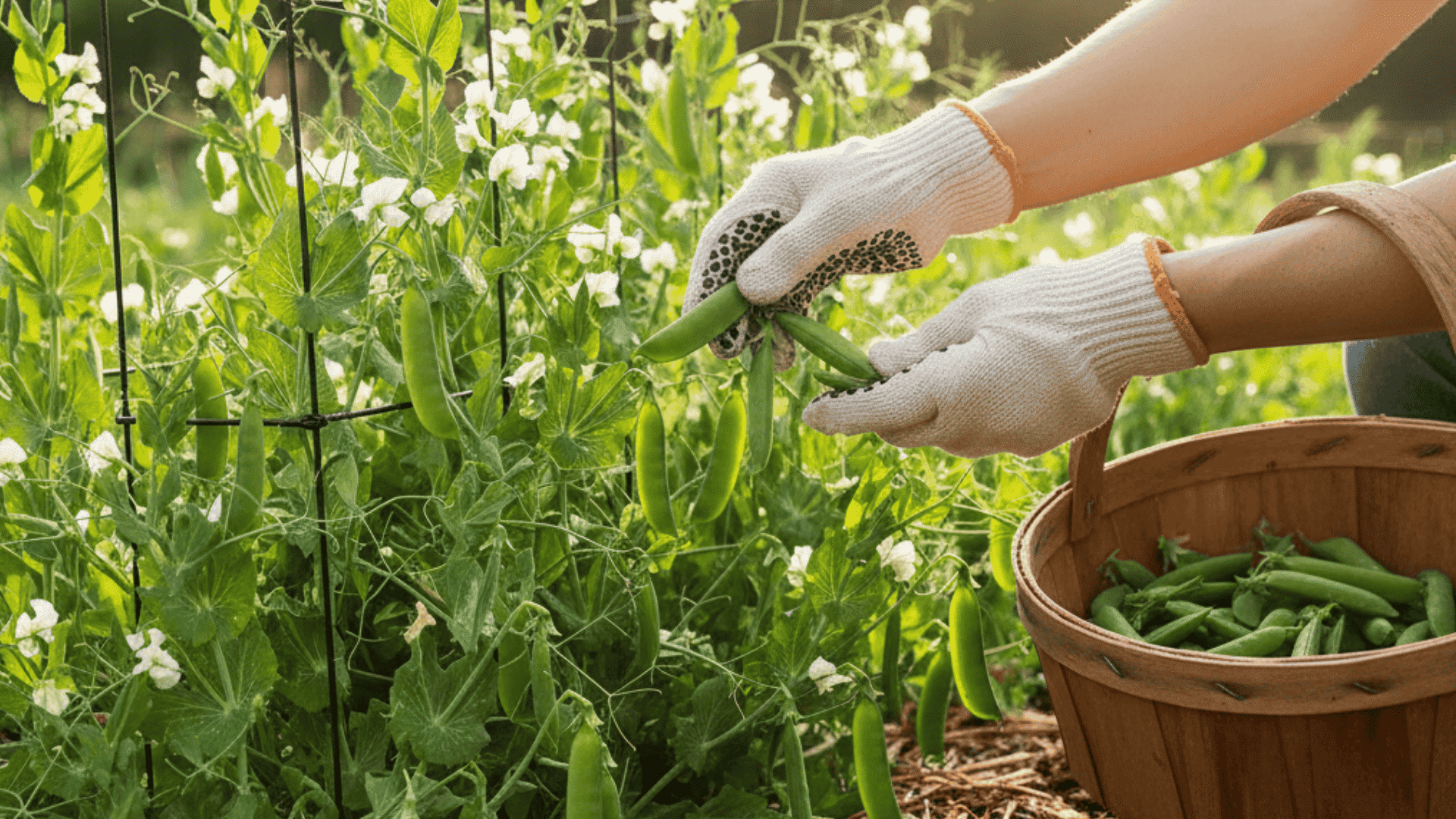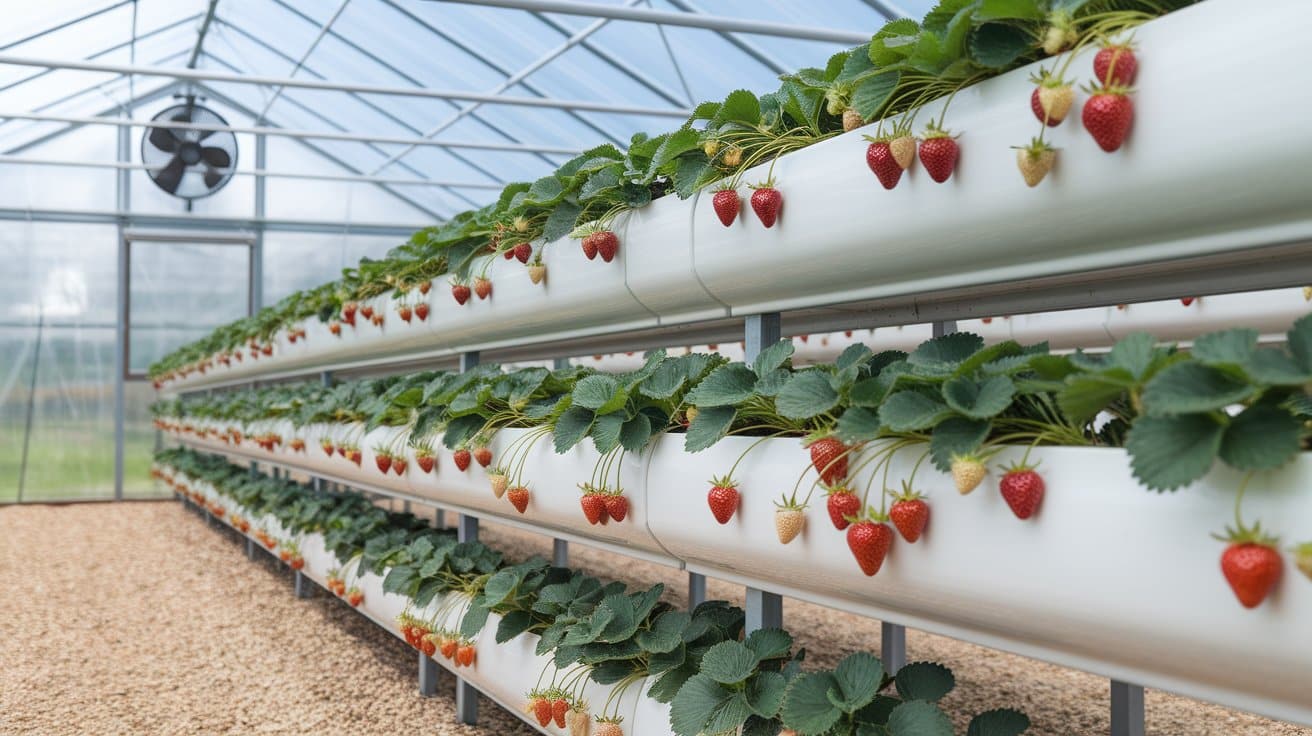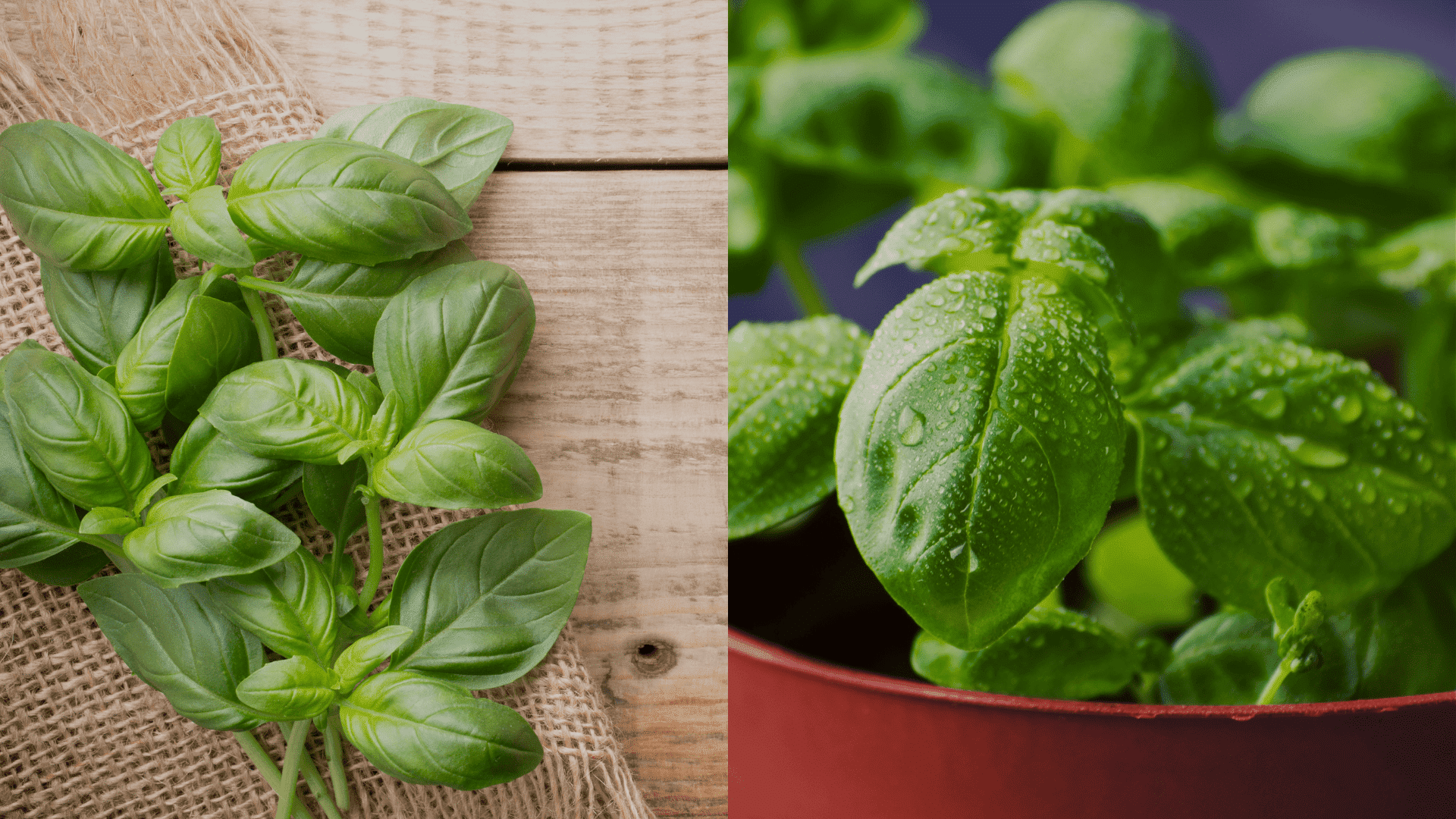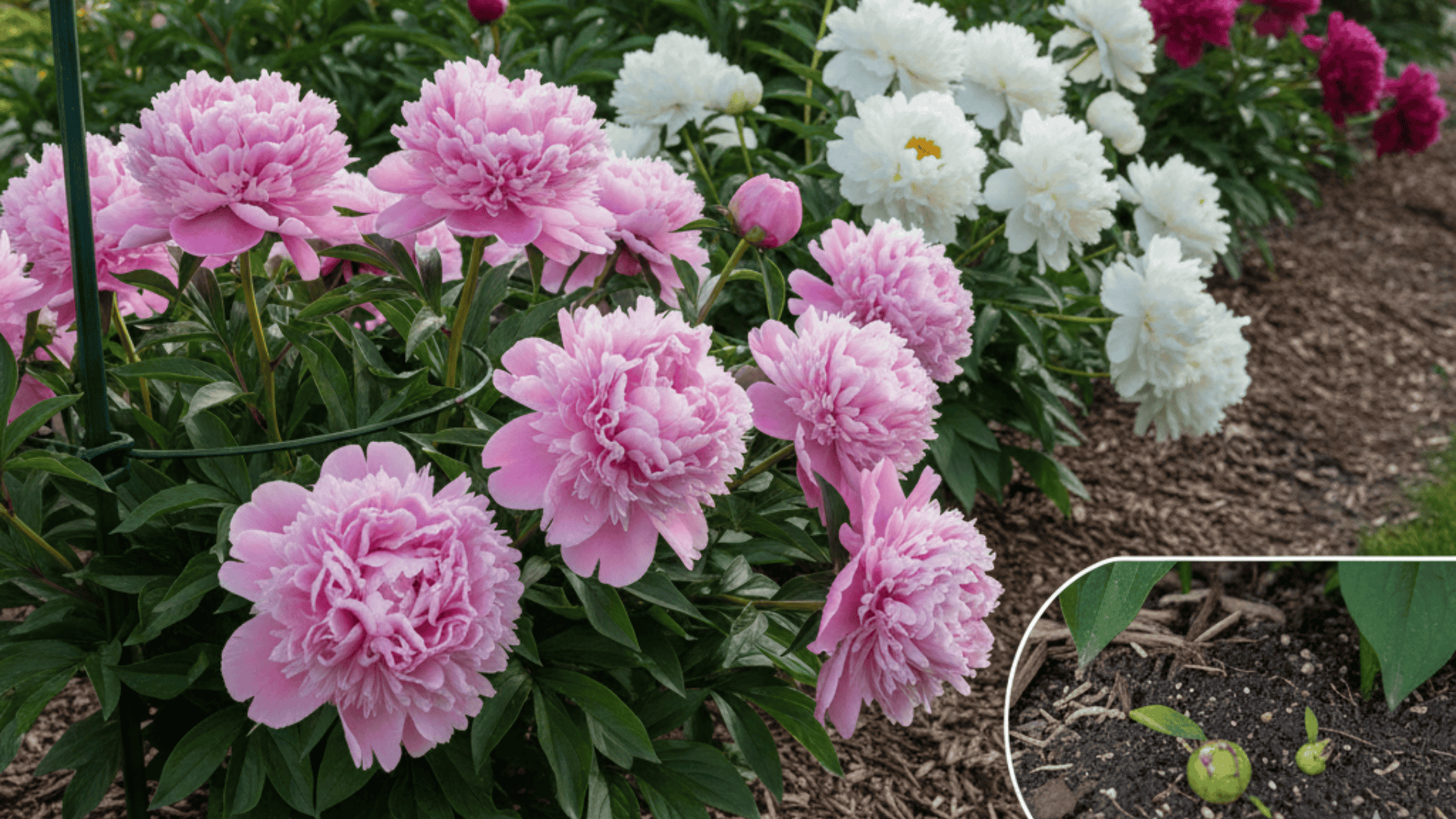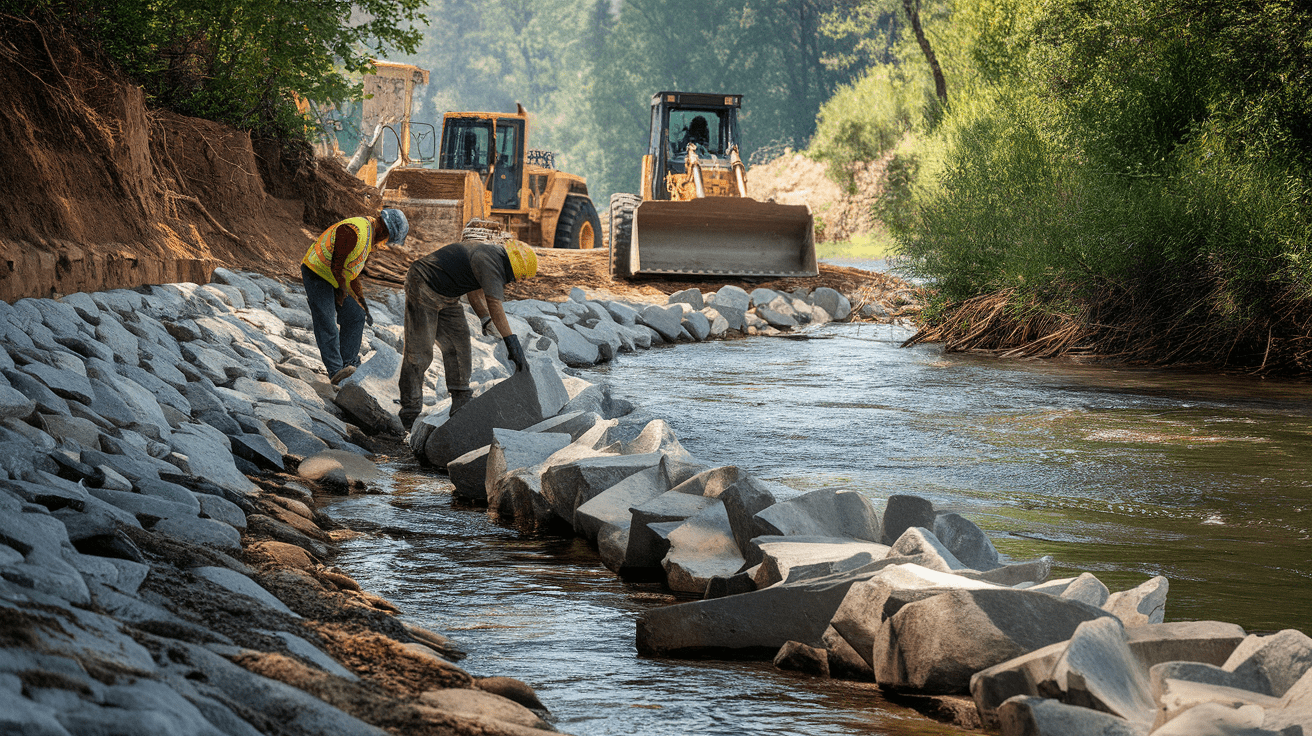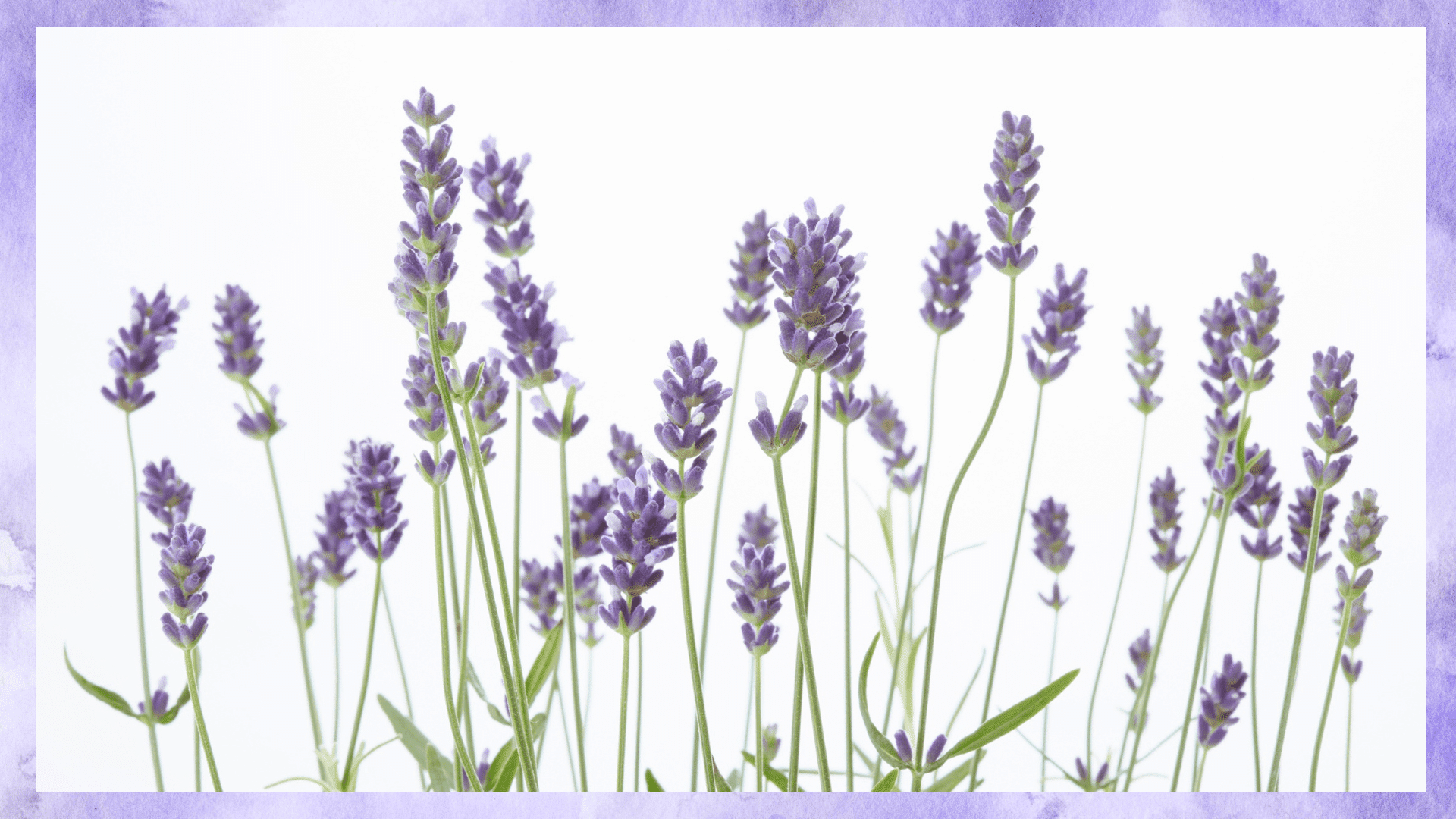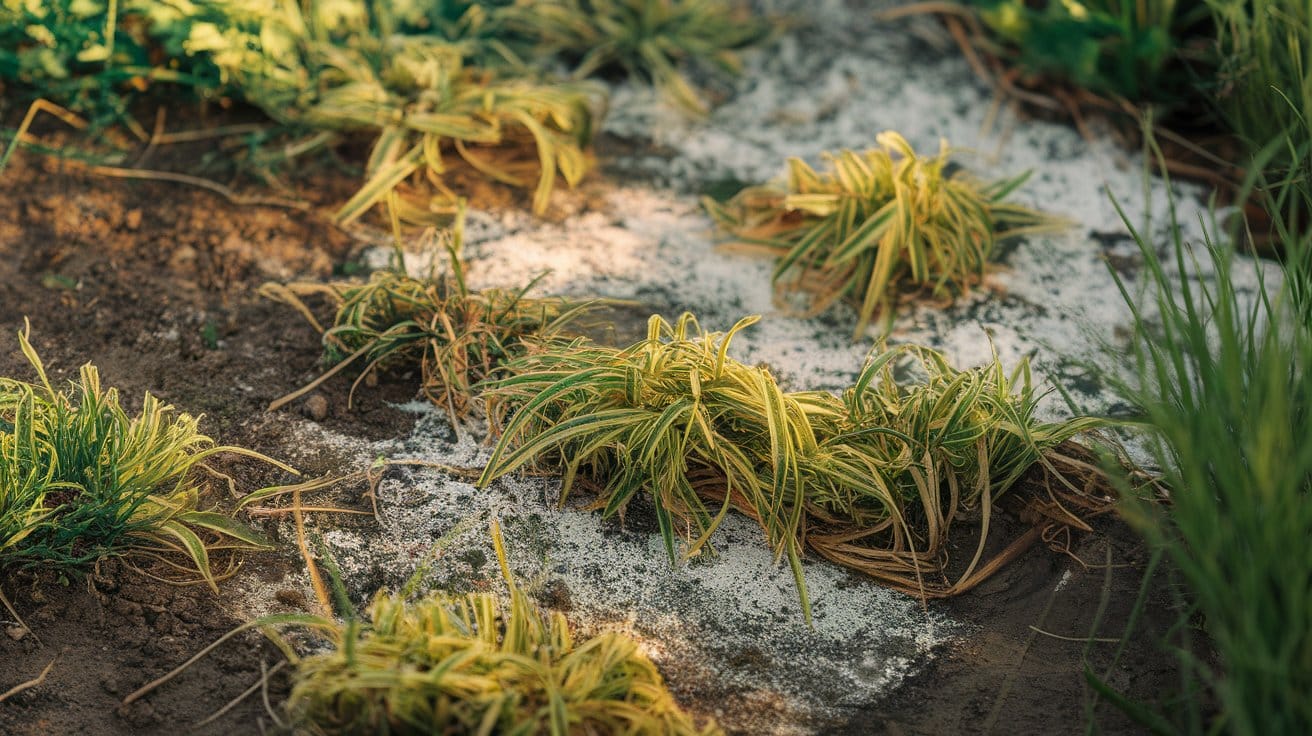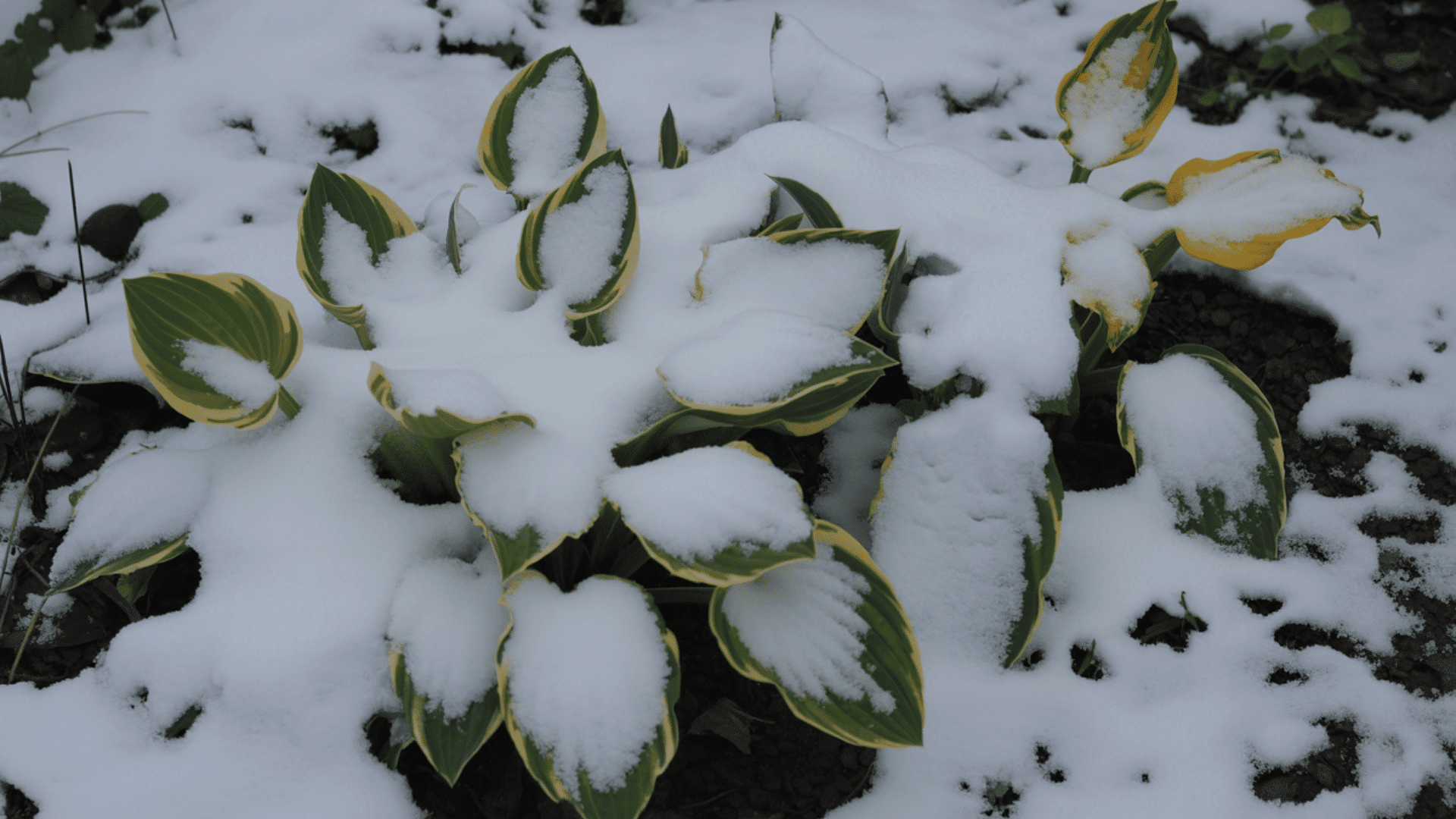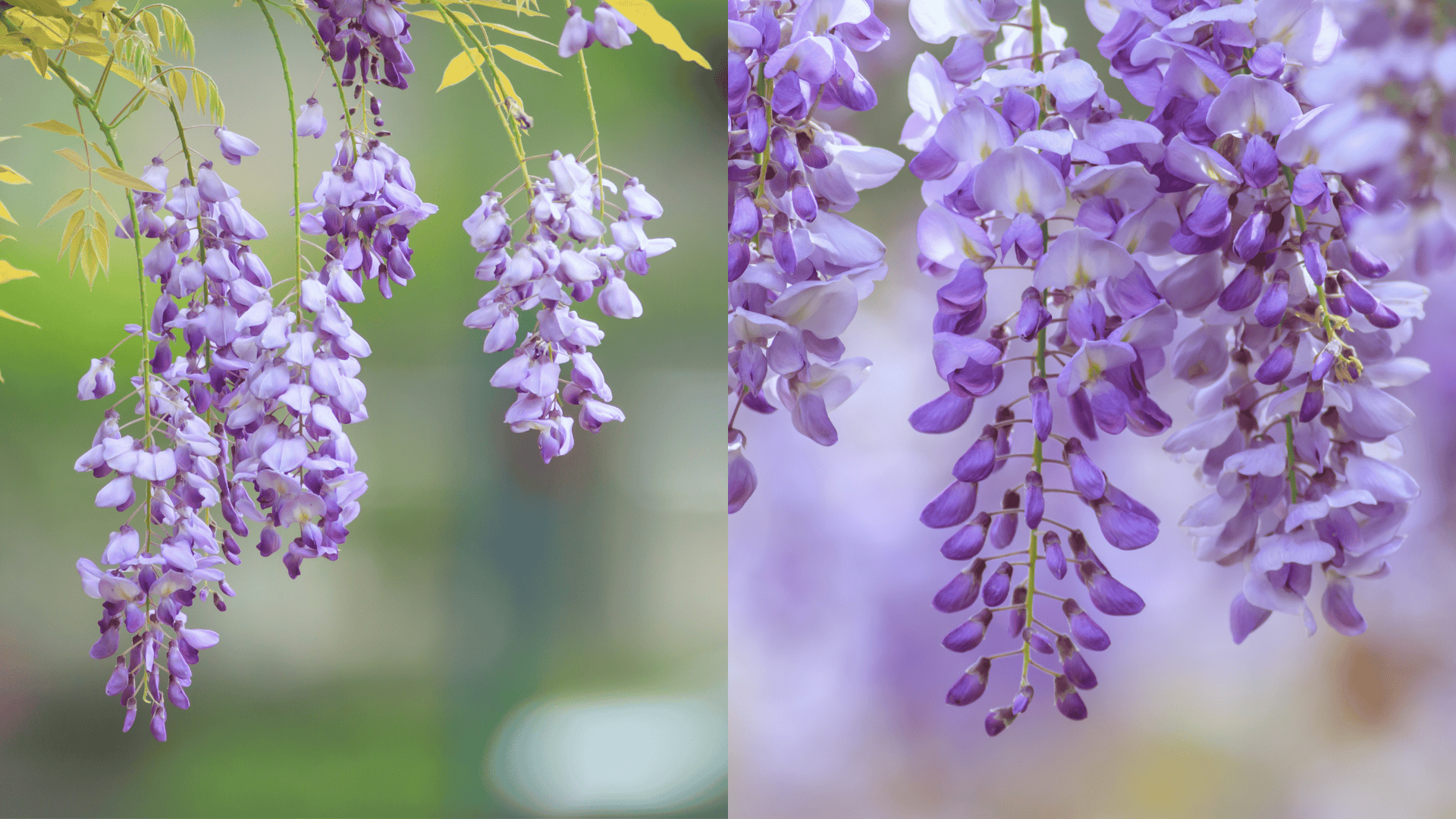Fresh, crisp, and naturally sweet, sugar snap peas are a garden favorite that rewards growers with both taste and nutrition.
These cool-season vegetables grow when planted at the right time and cared for with balanced soil practices.
Even if you’re starting fresh or improving your garden, soil preparation is important.
In this blog, you’ll find expert-backed steps, regional planting timelines, and soil care tips to help you grow healthy, productive vines
Backed by proven gardening experience, this approach helps ensure a healthy, productive pea harvest.
What Are Sugar Snap Peas?
Sugar snap peas are a cross between garden peas and snow peas, combining the best qualities of both.
Garden peas have edible pods that must be shelled, while snow peas have flat pods picked before the seeds mature.
Sugar snap peas have plump, edible pods with a sweet flavor and crisp texture.
They grow quickly, need little maintenance, and add a fresh, nutritious element to home gardens.
| Type | Pod Texture | Flavor | Main Use |
|---|---|---|---|
| Garden Peas | Thick; pods removed | Mild and starchy | Cooked or frozen peas |
| Snow Peas | Flat and tender | Light, crisp taste | Stir-fries and salads |
| Sugar Snap Peas | Plump and crunchy | Sweet and juicy | Fresh snacking or quick cooking |
When to Plant Sugar Snap Peas?
Sugar snap peas grow best in cool, mild weather, so aim to plant in early spring or late summer.
They prefer soil temperatures between 45°F and 70°F and can handle light frost once sprouted.
Planting too late in the heat reduces yields, while frozen soil slows germination.
Timing your planting by zone ensures strong, sweet pods and steady growth.
1. Zone 3–5: Cooler Northern Regions
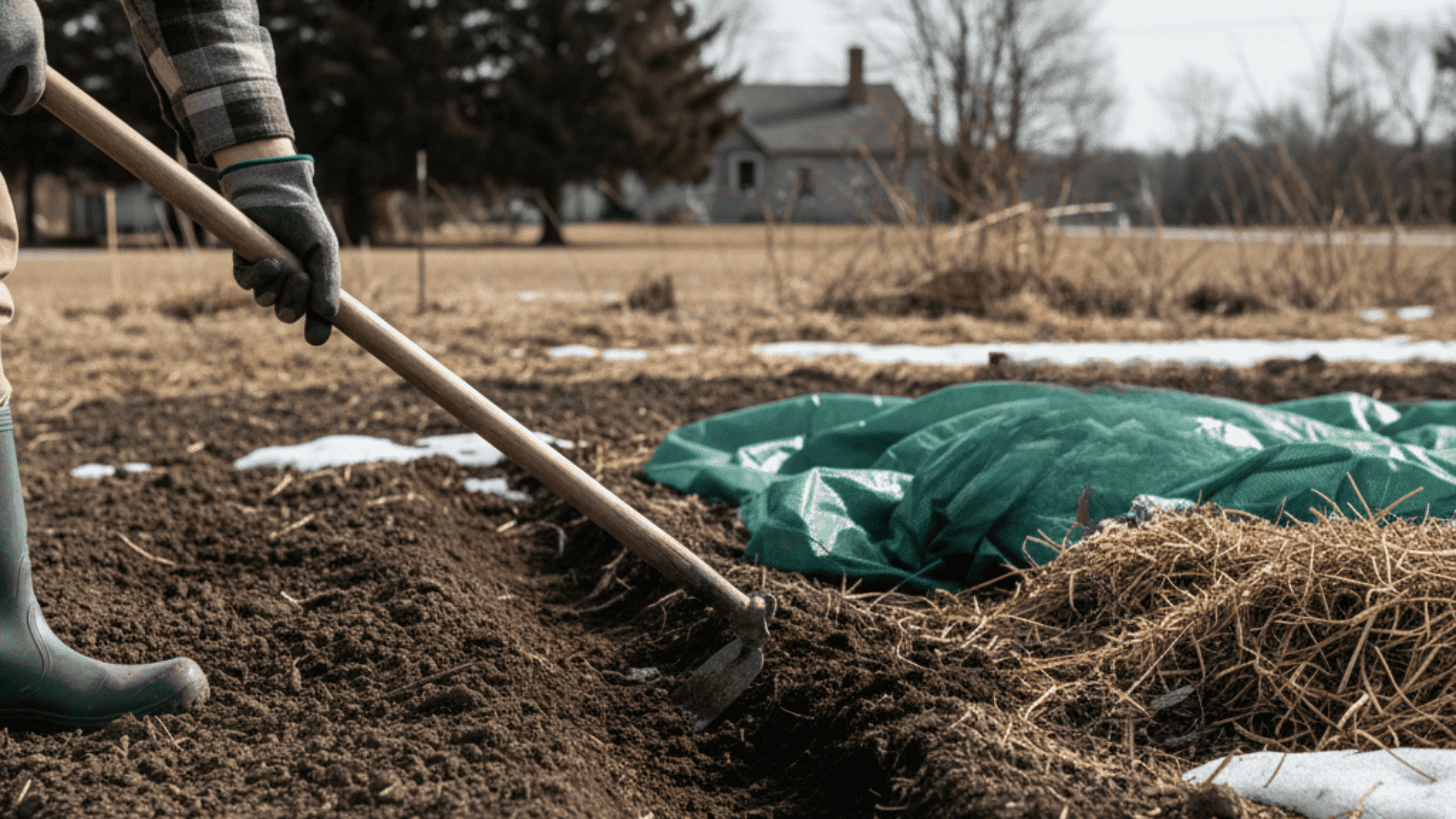
In colder areas such as the upper Midwest and northern states, start planting from late March to late April, once the ground thaws and the soil can be easily worked.
Early planting allows peas to mature before summer warmth.
To extend the season, sow a second batch in late July or early August, about 8–10 weeks before the first fall frost.
Use row covers or mulch to shield seedlings from sudden cold snaps.
These steps help maintain consistent soil temperature and protect young plants from harsh conditions.
2. Zone 6–7: Mild and Transitional Regions
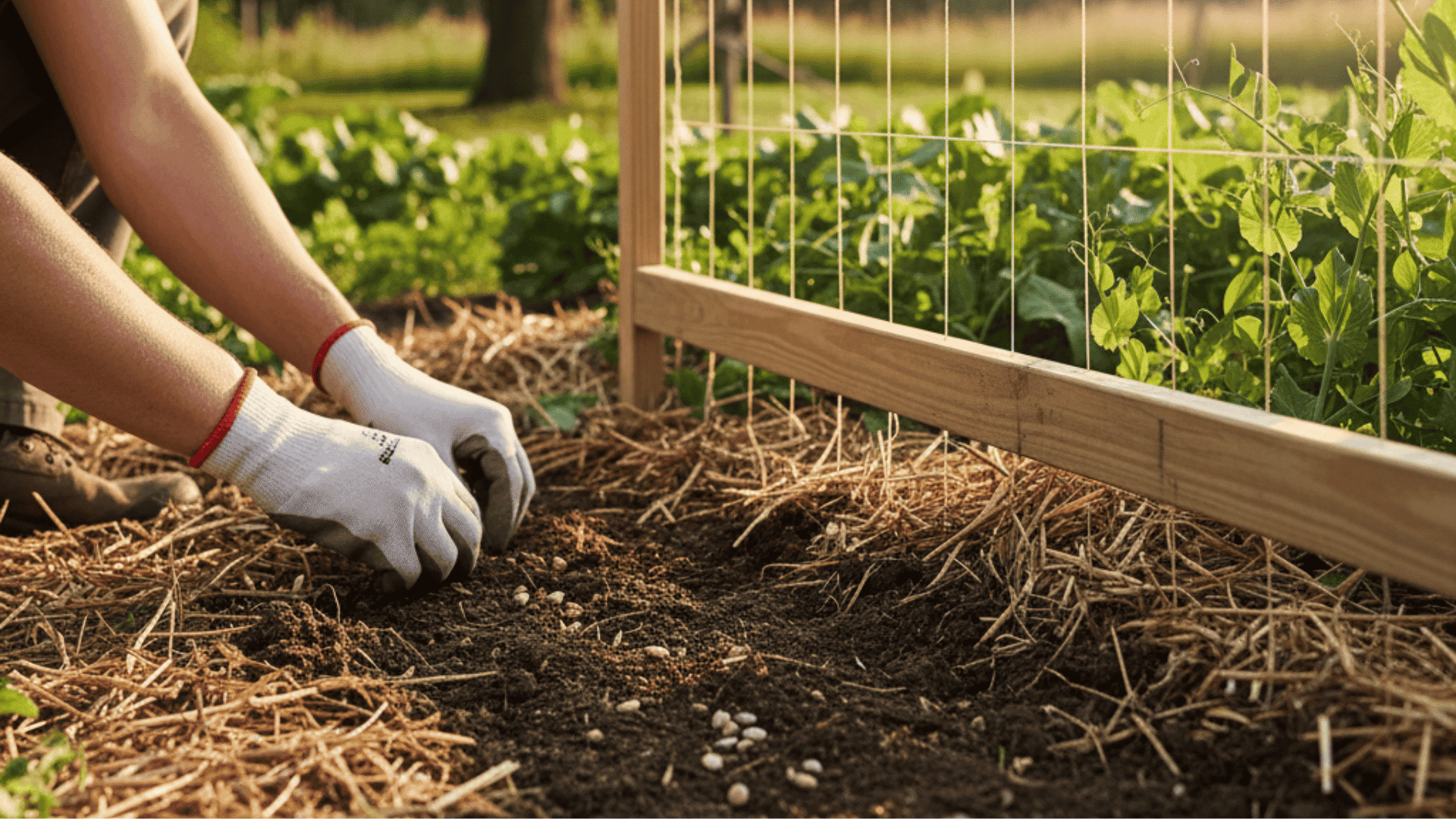
In regions with milder winters and moderate springs, like the mid-Atlantic or southern Midwest, sow peas in early to mid-March for spring production.
For a fall crop, plant again from late August through early September, when temperatures begin to cool.
Keeping soil evenly moist and shaded with mulch during brief warm spells encourages steady germination.
A trellis or simple support system ensures healthy air circulation and reduces disease in humid conditions.
3. Zone 8–10: Warm Southern and Coastal Regions
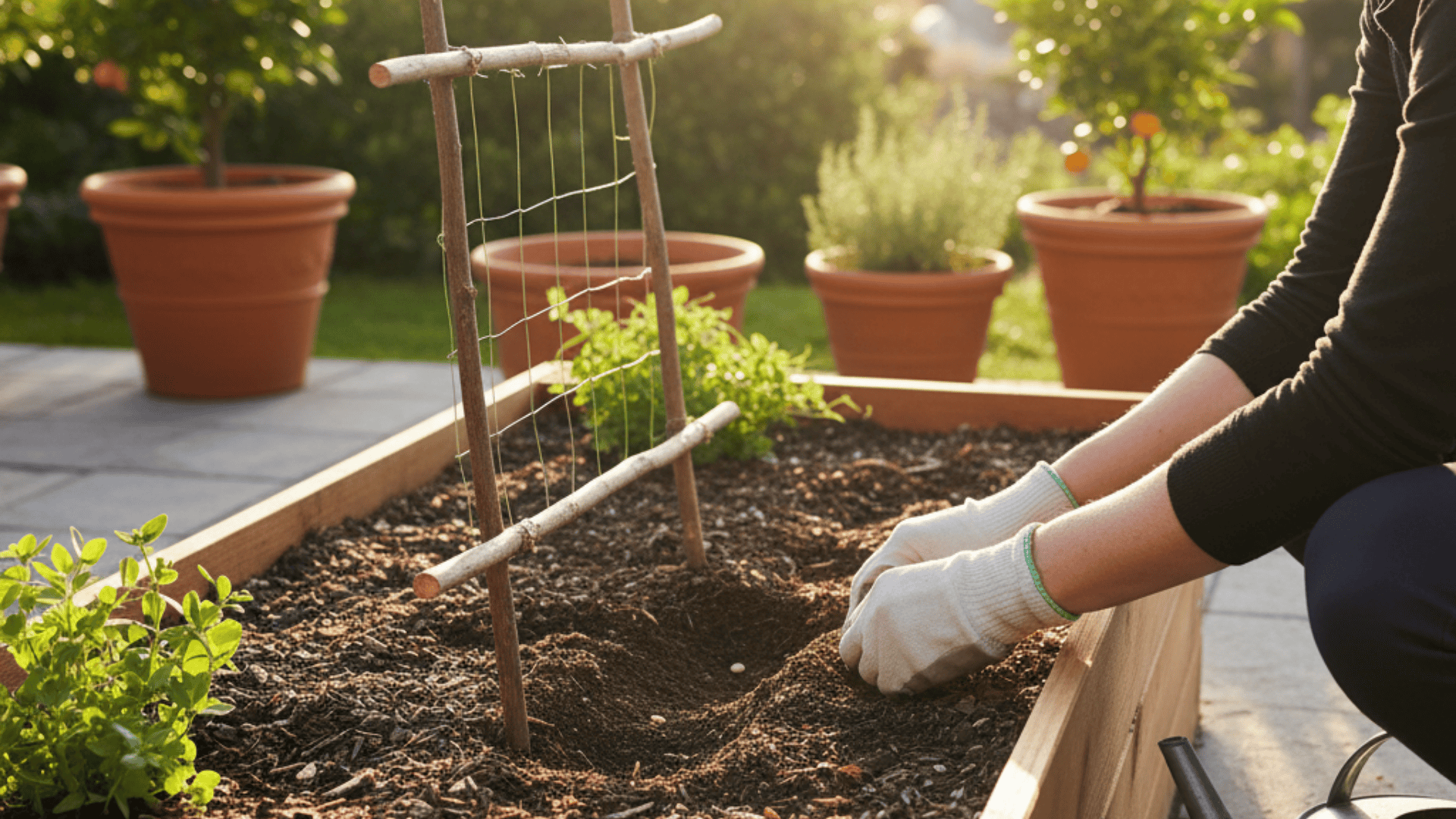
In warmer climates such as the South, Southwest, and coastal California, sugar snap peas perform best when planted in late winter (January to February) or in early fall (late September to October).
These windows avoid the stress of high heat and allow vines to flower in cooler conditions.
Raised beds or shaded areas help regulate soil temperature and prevent roots from drying out.
Consistent watering and early-morning sun exposure will keep plants vigorous through mild winters and early spring.
Expert Tip: Sow seeds 1 inch deep in moist soil, keep them cool, and provide light support for a healthy, high-yield harvest.
How to Plant Sugar Snap Peas in a Raised Bed?
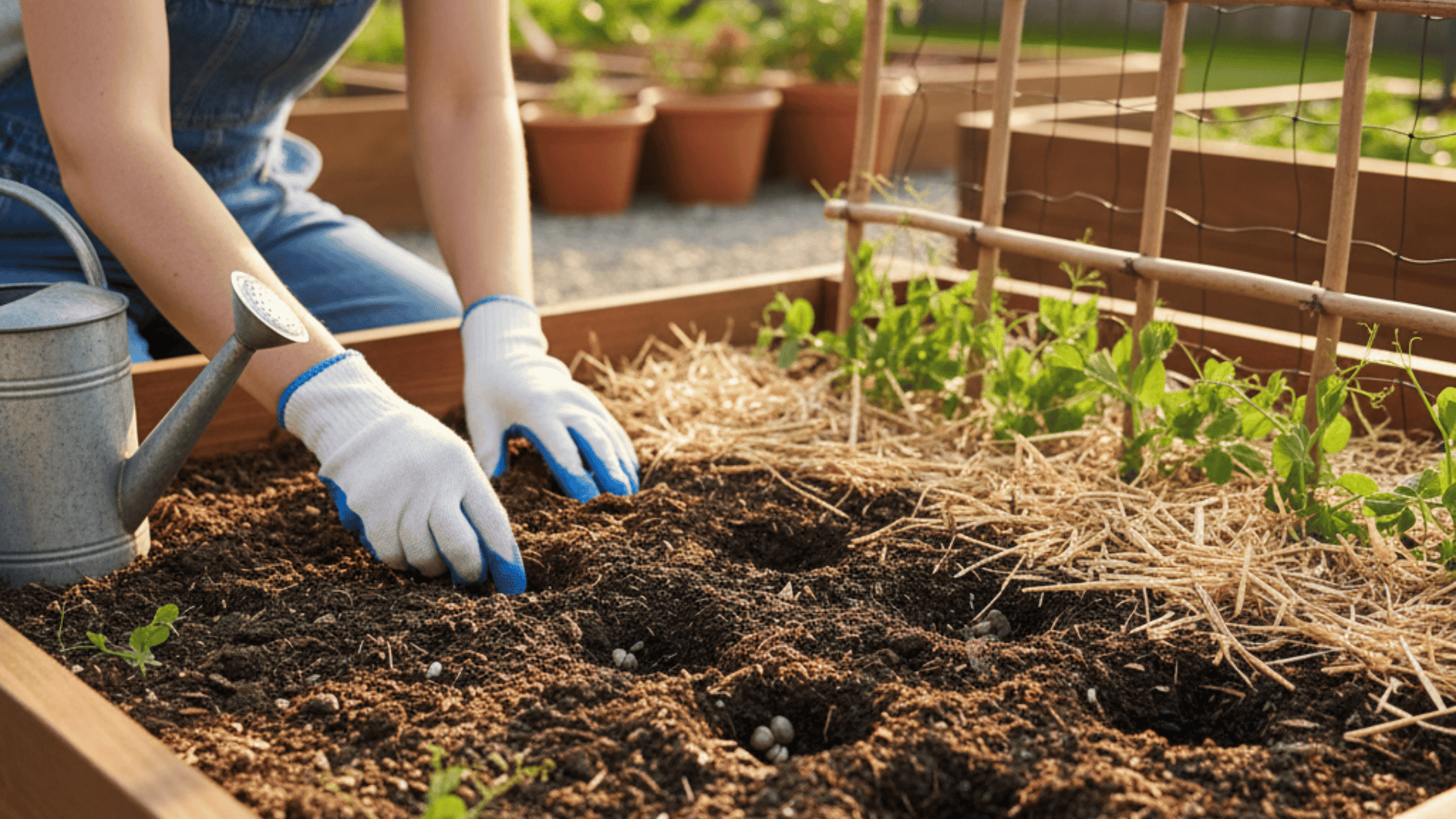
Growing sugar snap peas in a raised bed gives better control over soil quality, drainage, and temperature, all key to a strong harvest.
Follow these simple steps for success:
- Prepare the soil: Fill the bed with a mix of garden soil and compost for balanced nutrients.
- Planting depth: Sow seeds 1 inch deep and 2 inches apart in rows.
- Install supports early: Add a trellis or netting before plants begin to climb.
- Water regularly: Keep the soil evenly moist but not soggy.
- Mulch lightly: Helps retain moisture and regulate soil temperature.
- Fertilize naturally: Use compost instead of chemical fertilizers for steady growth.
How to Plant Sugar Snap Peas in Ground Soil?
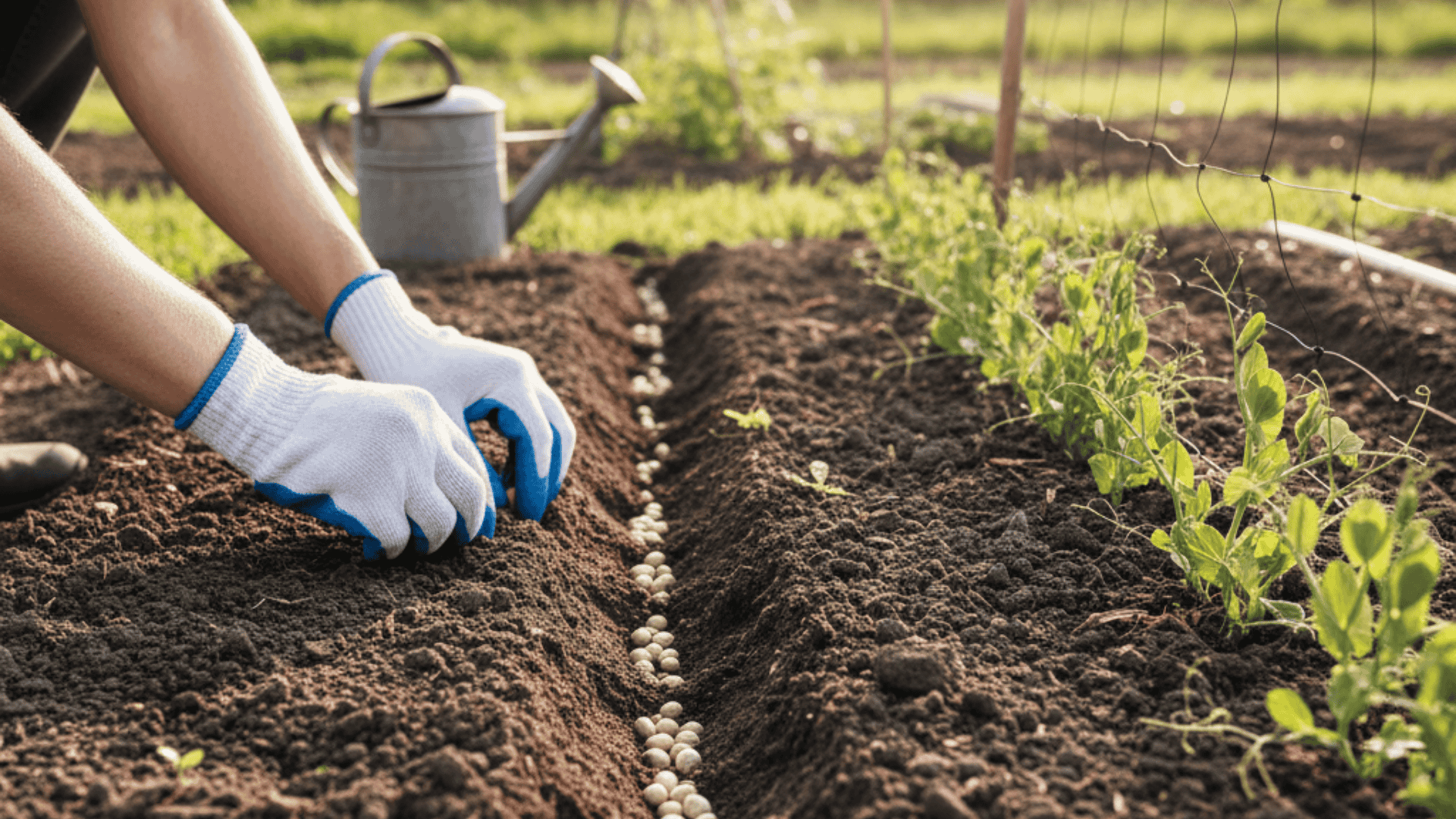
Planting sugar snap peas directly in the ground is simple and effective when soil and spacing are managed well.
Follow these easy steps:
- Choose the location: Pick a sunny area with well-drained, loose soil.
- Prepare the soil: Loosen it 6–8 inches deep and mix in organic compost.
- Sow the seeds: Plant 1 inch deep and 2–3 inches apart in rows spaced 18–24 inches apart.
- Add support: Install trellises or stakes right after planting.
- Water properly: Keep the soil moist but avoid overwatering.
- Thin seedlings: Once sprouted, remove weaker plants for better air circulation
Types of Snap Peas to Consider
Choosing the right variety helps you match your growing conditions and flavor preferences.
This is a quick table of popular and reliable types of sugar snap peas:
| Variety | Description | Best For |
|---|---|---|
| Sugar Ann | Compact and early-maturing; produces sweet, crisp pods. | Small gardens or container growing. |
| Super Sugar Snap | Vigorous vines with high yields and disease resistance. | Long harvest periods and warm regions. |
| Sugar Daddy | Stringless pods with short vines; easy to maintain. | Beginners or limited garden space. |
| Cascadia | Thick, juicy pods; strong disease tolerance. | Consistent results in variable climates. |
| Delikett | Sweet flavor and sturdy plants; handles cool weather well. | Early spring or fall planting. |
Is an Over-Fertilized Lawn Harmful?
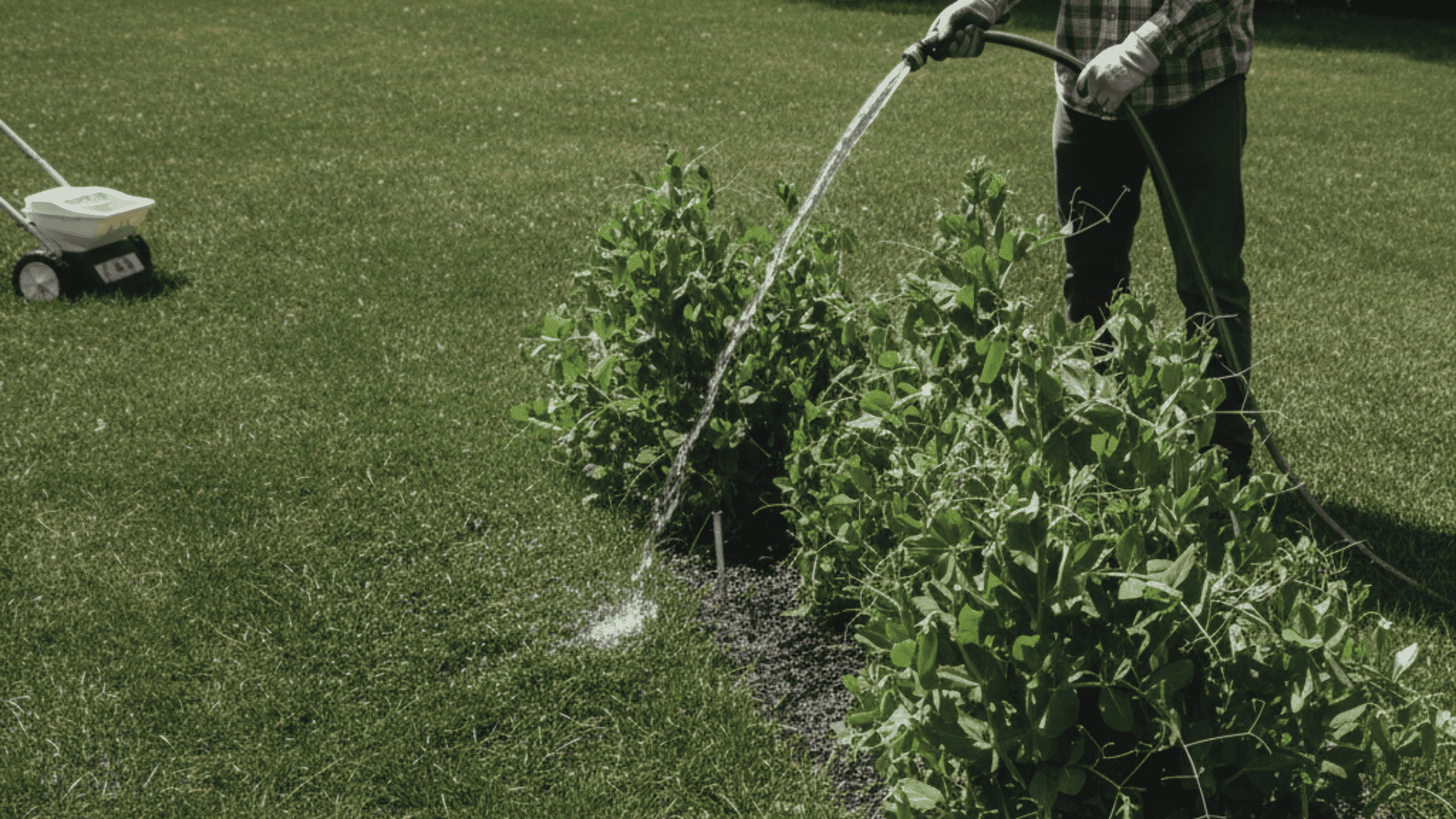
Too much fertilizer, especially nitrogen, can harm both lawns and nearby garden beds.
When excess nutrients wash into the soil, sugar snap peas may grow thick foliage but produce few pods.
Signs include dark green leaves, weak stems, or poor flowering.
To fix this, flush the soil with water to remove extra salts and avoid using lawn fertilizers near vegetable beds.
Instead, rely on compost or organic matter for balanced nutrition.
Testing your soil before fertilizing helps maintain proper nutrient levels, ensuring healthier plants, better yields, and long-term soil stability.
Common Gardening and Planting Problems
Even simple crops like sugar snap peas can face issues if a few basics are missed.
Here are common mistakes and quick ways to fix them:
- Planting too late: Sow seeds early in cool weather to encourage strong growth and pod production.
- Over-fertilizing: Use compost or balanced organic fertilizer to prevent excessive leaf growth.
- No trellis support: Add a simple structure early to keep vines upright and healthy.
- Irregular watering: Maintain steady moisture to prevent drying or splitting pods.
- Crowded spacing: Thin seedlings after sprouting for better airflow and disease prevention.
Tips for Healthy Growth and Maximum Yield
Strong, productive sugar snap peas come from steady care and good garden habits.
These simple practices help plants stay healthy and deliver more pods through the season.
- Rotate planting areas yearly to prevent soil fatigue and disease.
- Use compost for natural nutrients and to avoid problems like an over-fertilized lawn.
- Harvest pods while they’re plump but still tender for the best flavor.
- Apply a thin mulch layer to maintain moisture and reduce weeds.
Conclusion
Sugar snap peas are a rewarding crop that grows when planted at the right time and cared for with balanced soil practices.
Consistent watering, good spacing, and natural compost help maintain healthy vines.
Avoiding mistakes like an over-fertilized lawn keeps soil nutrients in balance, ensuring pods grow crisp and flavorful.
With proper planning and expert-backed methods, these peas can enrich both your garden and your table.
Start preparing your soil today, and follow the right timing for your region.
Share your experiences or tips in the comments to help other gardeners grow successful sugar snap pea harvests.

